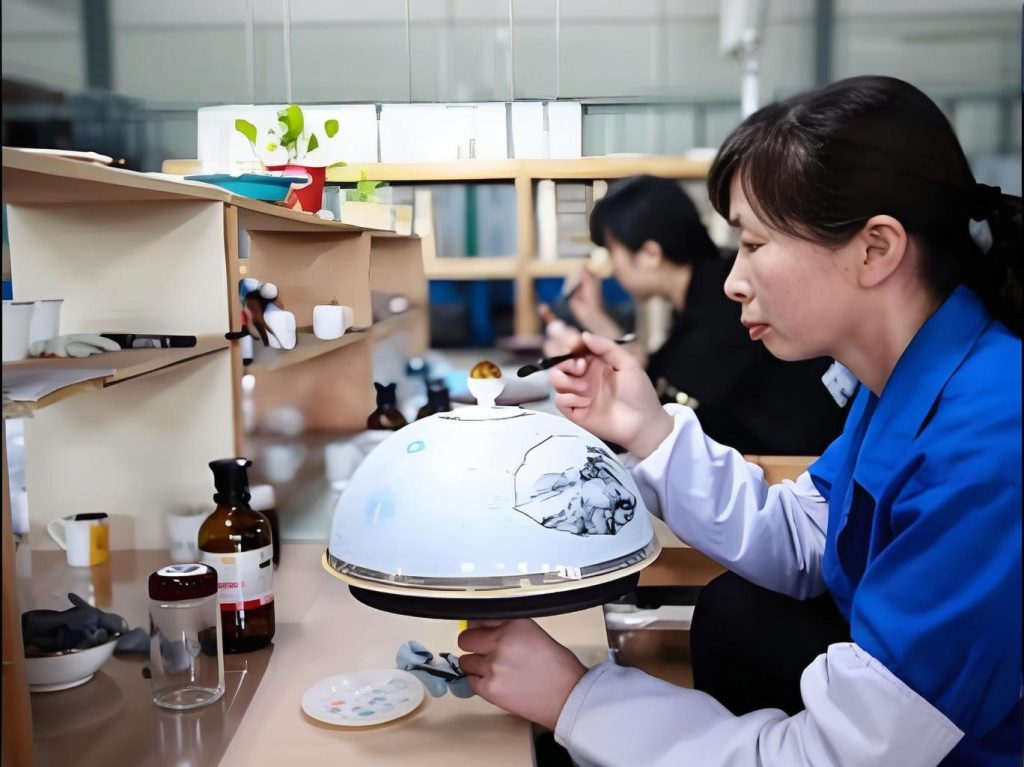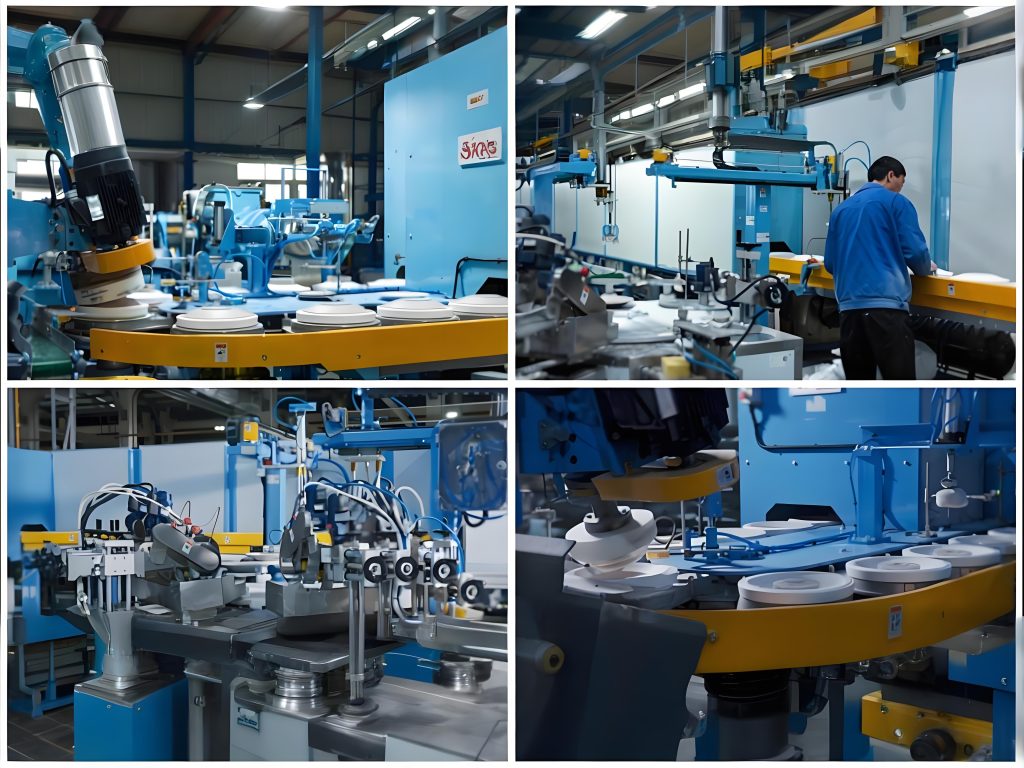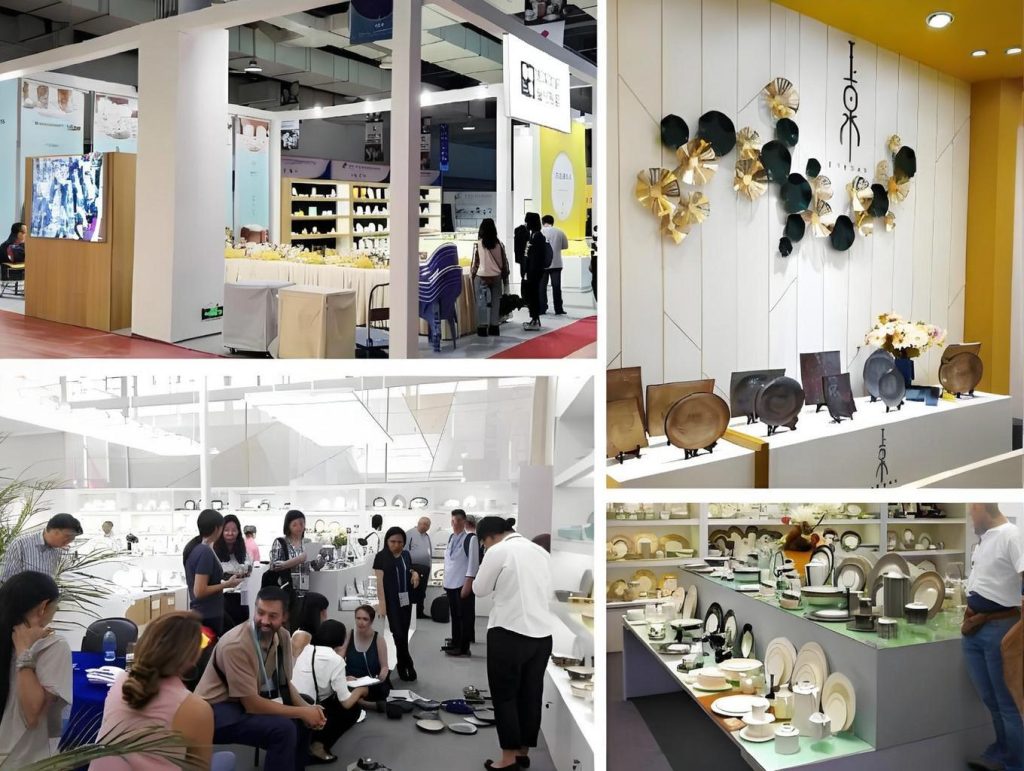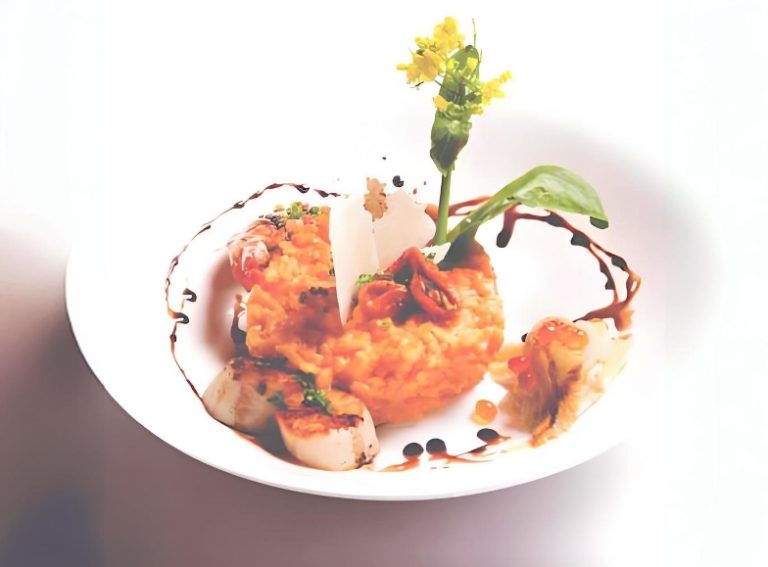Why Did Your “Chip-Resistant” Dinnerware Break? An Engineer Spills the Truth
Opening
“Broke another bowl.”
This might be your first complaint after moving into a new place. You picked that Nordic-style dinnerware carefully. It looked great in photos. It elevated your table game. Then you wash dishes and lightly tap it on the counter—crack. A chunk chips off the edge. So you start frantically searching online for “chip resistant dinnerware.” You want that magical stuff that “never breaks no matter what.”
But really, does that even exist?
I spent days digging through Quora and Reddit recently. I read hundreds of discussions about dinnerware durability. Some swear by brands they’ve used for ten years without damage. Others bought “military-grade” sets and chipped three corners in one week. This made me wonder: Is chip resistance a material science victory or just marketing hype?
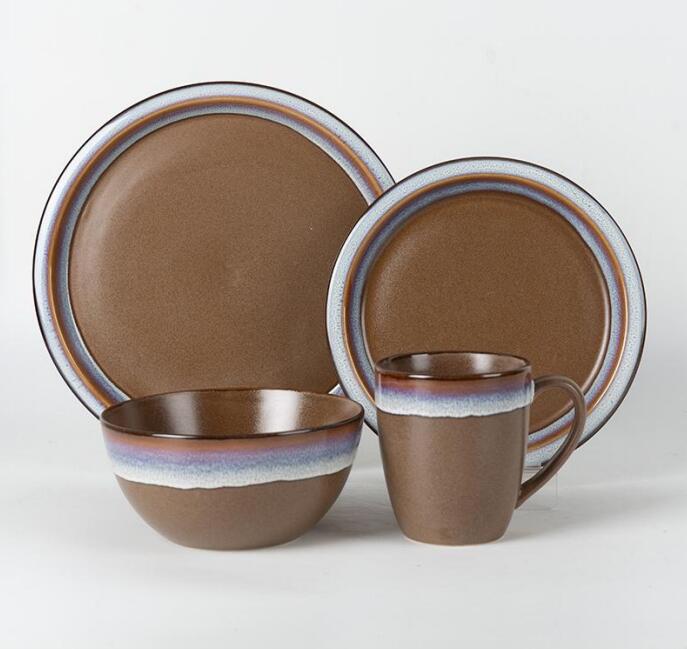
Part One: Reddit Users’ Real “Bowl Drop Experiments”
On r/BuyItForLife, a post went viral. One user showed their 15-year-old Corelle set. Just some scratches on the bottom. The edges still looked perfect. The comments exploded. People shared stories of Corelle dishes bouncing off tile floors. Others complained their “chip-resistant” dishes broke during the first wash.
Top comments revealed key insights:
- Material matters most: tempered glass beats vitrified porcelain beats regular ceramic
- Edge treatment is crucial: rounded edges outlast sharp corners
- Thickness is misleading: density determines strength, not bulk
One reply stuck with me. “My IKEA dishes lasted five years no problem. My friend paid triple for ‘Japanese imported’ porcelain. Several pieces broke. Makes you wonder if it’s just luck, right?”
Not entirely luck, actually.
Part Two: Quora Experts Reveal What Tableware Manufacturers Hide
Search “Why does some dinnerware chip easily” on Quora. You’ll find detailed answers from industry insiders. One engineer claimed 20 years at a European tableware manufacturer. He dropped some “industry secrets”:
1. Chip-resistant doesn’t mean shatter-proof
He explained that “chip resistant” means edges resist minor impacts. It doesn’t mean the dish survives a drop from height. The real standard is ISO 12980 for edge strength. Most brands don’t publish these numbers.
2. Firing temperature determines fate
High-temperature firing above 1300°C creates tighter molecular structures. But it costs 30-50% more. Some tableware manufacturers cut costs by lowering firing temperatures. The product looks fine. But it’s as brittle as a cracker.
3. Glazing acts as armor
Double or triple glazed dinnerware resists chipping better. The glaze absorbs some impact force. But this process makes dishes heavier. It doesn’t fit today’s “thin and light” aesthetic.
He ended with this: “Consumers want light, thin, shatter-proof dishes that are cheap. That’s physically impossible.”
Part Three: Material Showdown—Who’s the Real Champion?
Combining both discussions, I ranked common materials by real performance:
🏆 Tempered Glass (like Corelle, Duralex)
- Pros: Light, thin, strong impact resistance. Might bounce instead of breaking.
- Cons: When it breaks, it explodes into countless pieces. That’s how tempering works physically.
- Reddit verdict: “Like a friend with good temper but brutal when angry.”
🥈 Vitrified Porcelain
- Pros: High-temperature firing, high density, edges resist chipping well
- Cons: Heavy, expensive, limited color options
- Quora expert says: Perfect for restaurants and high-frequency use
🥉 Bone China
- Pros: Light, thin, translucent, looks premium
- Cons: Bone powder content makes it fragile. Edges are vulnerable.
- Real complaint: “Great for photos. Terrible for actual use.”
Regular Stoneware
- Pros: Cheap, lots of colors and patterns available
- Cons: Basically upgraded disposable dishes
- Reddit consensus: “IKEA type. Don’t cry when it breaks.”
Part Four: You Think You’re Buying Dinnerware—You’re Actually Playing Probability
Confused by now? What should you actually buy?
I thought finding the “most shatter-proof material” was enough. But then I realized what really affects dinnerware lifespan isn’t the material itself. It’s these overlooked details:
1. Storage Method
Many stack bowls like towers. Bowl edges hate “bowl-on-bowl” pressure most. One Reddit user shared switching to divided storage. Two years, zero chips.
2. The Dishwasher’s “Violent Aesthetics”
High-pressure water jets plus dishes banging together cause most chips. A tableware manufacturer quality inspector revealed testing simulates 1000 dishwasher cycles. Most “chip-resistant” dishes show edge wear after 500 cycles.
3. Temperature Shock Is the Silent Killer
Straight from fridge to microwave? Congrats. You just created internal stress fractures in your dish. You can’t see these cracks. But they weaken the dish. Next bump causes chips.
Part Five: My Honest Recommendations
No fluff. Just straightforward options:
Limited Budget (10-20 yuan per piece)
→ IKEA 365+ series or similar reinforced ceramic. Won’t hurt to replace. Easy restocking.
Best Value (30-50 yuan per piece)
→ Corelle or Chinese tempered glass brands like Corning OEM products. Light and durable.
Willing to Invest (80+ yuan per piece)
→ European tableware manufacturer reinforced porcelain series like Villeroy & Boch. Built for long-term use.
Aesthetic Lovers + Occasional Use
→ Japanese or Nordic bone china. Photogenic. But accept its “consumable” nature.
But seriously, even the best dinnerware can’t survive dishwasher abuse or careless stacking.

Closing
Writing this made me realize something interesting:
Our obsession with “chip resistant dinnerware” is really about fighting life’s small breakdowns. Broken bowls need replacing. Time gets wasted. Mood tanks. But people who’ve used the same dishes for decades rarely had miracle materials. Their secret was simple: They accepted from day one that dishes break. Then they used proper methods to extend their lifespan.
So next time you shop for dinnerware, forget the “never chips” myth. Ask yourself this instead: Do you need a family heirloom or just a reliable daily companion that doesn’t require babying?
If you have any questions or need to custom dinnerware service, please contact our Email:info@gcporcelain.com for the most thoughtful support!

